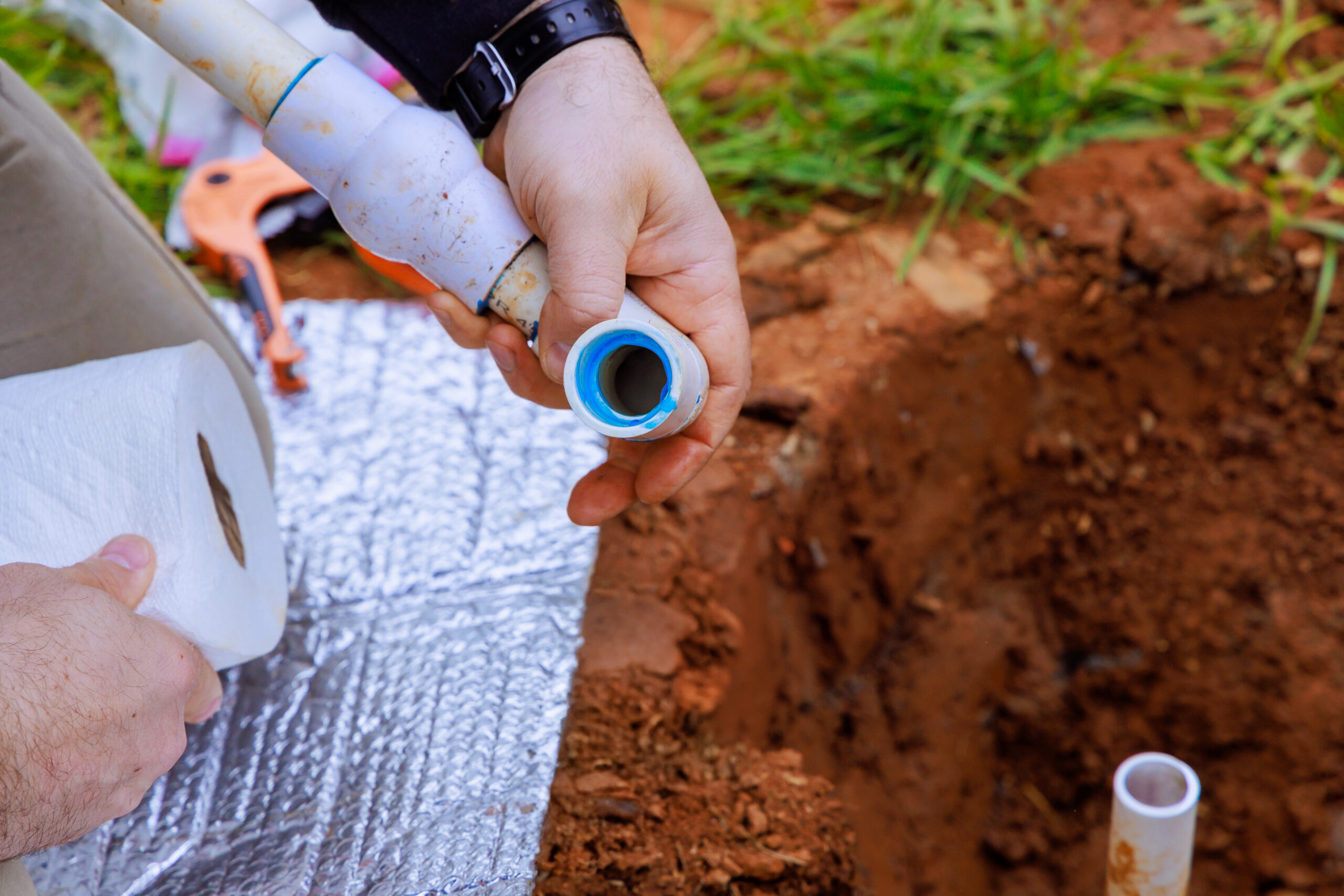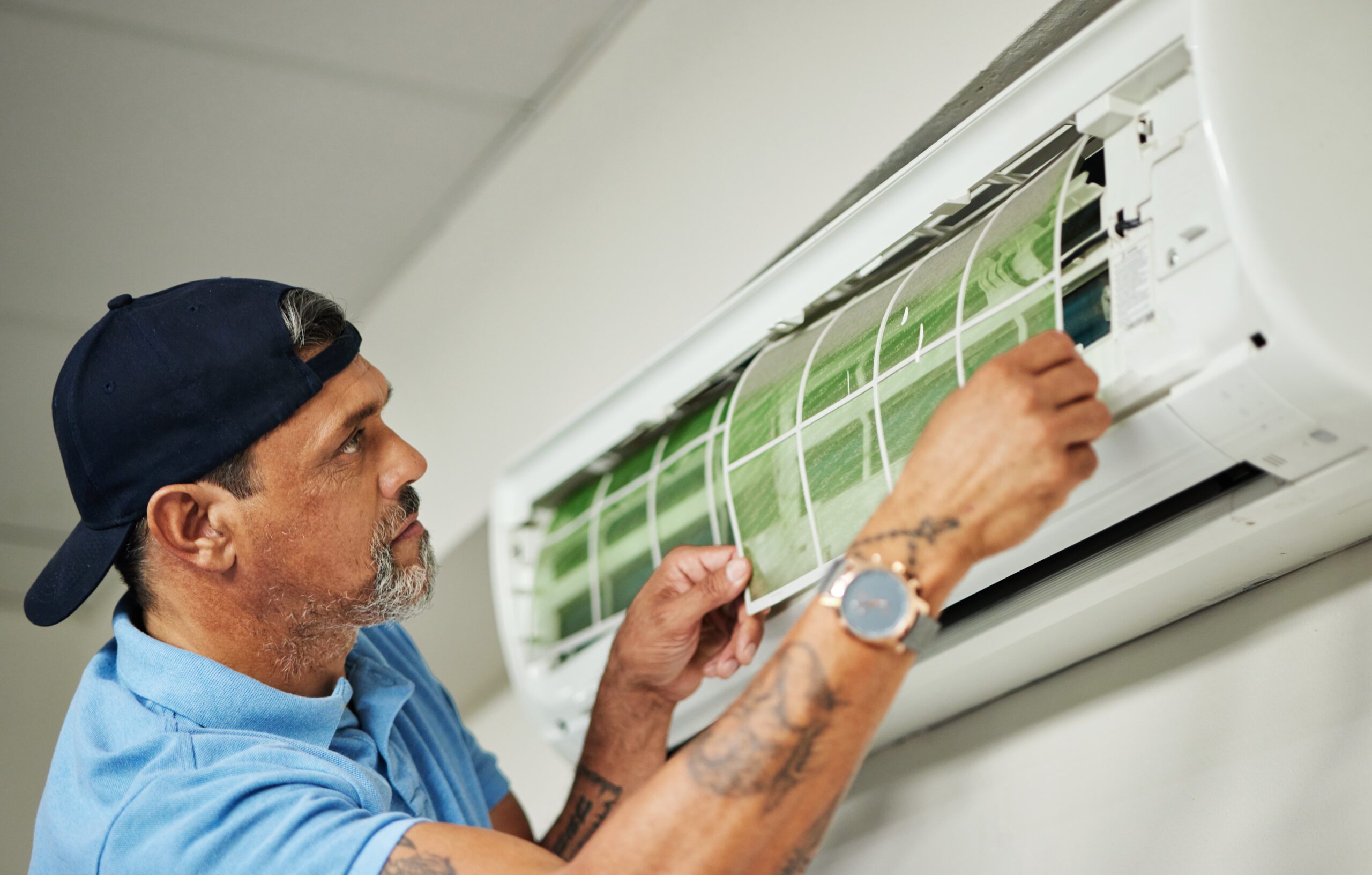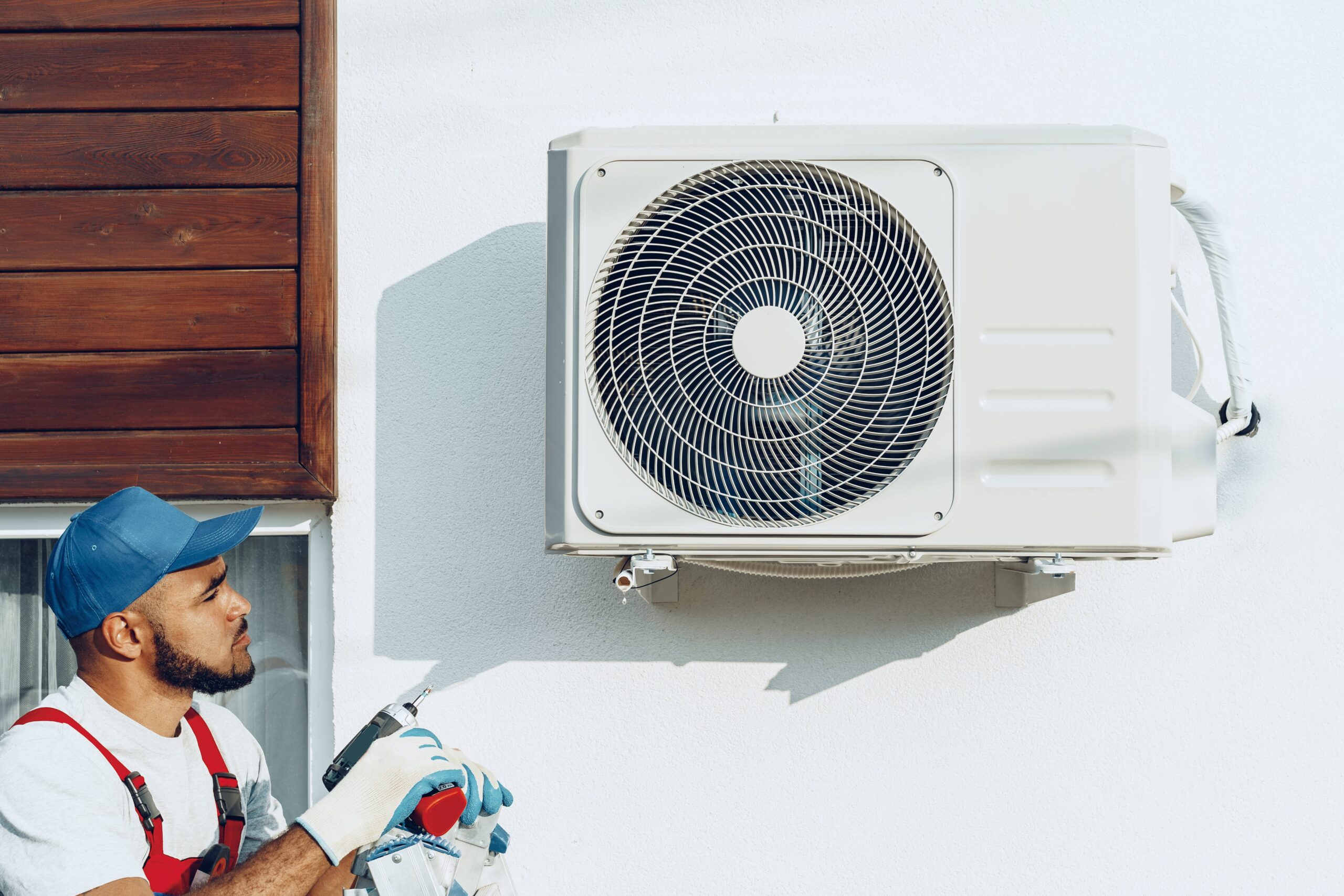Most people think about needing a new sewer line when building a new home or doing a major renovation. But even if your home is older, you might still need one. Over time, plumbing systems wear out, leading to problems like clogs, leaks, or even backups.
This post will explain the basics of sewer pipe installation and discuss when you might need a new sewer line. Remember, while this post provides a broad overview, it’s always best to consult professionals like the team at Westland HVAC+ Plumbing before starting any sewer pipe work.
When is a New Sewer Line Needed?
A dependable sewer system is vital if your home is susceptible to heavy rain or potential flooding. A good sewer line keeps everything flowing smoothly and helps prevent damage to your home. If adding new bathrooms, a kitchen, or a laundry room, consider upgrading your sewer system to handle the extra load.
Which Materials Are Best for Sewer Pipes?
Picking the suitable material for your sewer pipe is important because it affects how long your system will last and how well it will work. Here are some common materials used for sewer pipes:
Concrete
Concrete has long been a go-to material for sewer pipes. It’s strong, eco-friendly, and can last for decades. But it does need regular check-ups to catch any issues early on.
Steel
Steel pipes are tough and durable, but rust can be an issue. There are two main steel pipe types: galvanized iron and cast iron. While strong, steel pipes require maintenance to prevent rust, which can shorten their lifespan. Generally, steel pipes are more expensive to buy and install.
Plastic
Plastic pipes, like PVC and ABS, are becoming more popular. They’re lightweight, easy to install, and don’t rust. Plastic pipes are great in areas that might experience earthquakes because they can bend and move without breaking. They also need less maintenance and can last long, making them a budget-friendly option for many homeowners.
How Sewer Pipe Installation Works
Installing a sewer line is essential to keeping your Plumbing working. Here are some basics worth knowing. The pipe that connects your home to the city’s sewer system is called a lateral. It’s usually a 4-inch pipe buried below the frost line in a sloped trench. The slope is significant because it lets gravity do the work of moving waste away from your home.
Here’s a simple overview and breakdown of the process:
Figure Out the Pipe’s Depth
The first step is determining the depth of the pipe where it leaves your home’s main drain from the foundation to where it connects to the city’s sewer system. Professionals use GPS or a laser level to ensure the pipe is at the correct depth.
Calculate the Slope
Next, they calculate the pipe’s slope. The standard is usually a 2% slope, which means the pipe should drop 2 feet for every 100 feet of length. This slope helps liquids and solids flow smoothly through the pipe. If the hill is too steep, liquids can run off too quickly, leaving solids behind, which can cause clogs. If it’s too shallow, waste might not flow properly.
Dig the Trench
After the planning, it’s time to dig the trench. This step ensures no underground utilities, such as gas lines or electrical wires, are in the way. The trench should follow the planned slope and be smooth at the bottom. A layer of sand often serves as a stable base for the pipe.
Lay the Pipe
The pipe is laid in the trench, starting from the lower end. The pipe sections are connected with the bell ends facing uphill to help prevent leaks. Cleanouts are added at specific points to make it easier to maintain the pipe later on.
Backfill the Trench
Once everything is in place and inspected, the trench gets refilled. First, a protective layer of sand lays the foundation for the new pipeline. Each layer compacts to help prevent the ground from settling or sinking over time.
How to Keep Your Sewer System in Good Shape
Taking care of your sewer system is essential to avoid expensive repairs down the road. Having your system checked once or twice a year is a good idea. Proactive maintenance can help spot issues, like tree roots growing into the pipes or signs of wear and tear before they become big problems.
Frequently Asked Questions
Q: How long does sewer pipe installation take?
A: The time for installing sewer pipes can vary depending on project complexity and site conditions. For most residential installations, the process typically takes a few days from start to finish. Remember to account for planning, excavation, pipe installation, and final inspections. However, complications, such as unexpected underground obstacles or inclement weather, could add time.
Q: Can sewer pipes be installed in winter?
A: Yes, sewer pipe installation is possible during the winter months. However, the project can be more challenging. Frozen ground can make excavation more complex, requiring specialized equipment to break through the hard soil. Weather delays due to snow or ice can also slow progress. Despite these challenges, experienced professionals can complete sewer pipe installations even in colder conditions.
Q: What materials are sewer pipes available in?
A: Sewer pipes are available in a variety of materials, including PVC (polyvinyl chloride) and ABS (acrylonitrile butadiene styrene) are popular choices because they are lightweight, corrosion resistant, and simple to install. Concrete is another common material known for strength and durability.
Q: How do I know if I need to replace my sewer pipe?
A: Several signs that could indicate it’s time to replace your sewer pipe. Frequent clogs that maintenance doesn’t resolve, slow drains throughout the house, and foul odors can be red flags. Also, if you notice unusual patches of lush grass or wet spots in your yard, it could mean there’s a leak in the sewer line.
Q: What should I do if I have a problem with my sewer line?
A: Acting fast is crucial if you suspect a sewer line issue. Contact a professional plumbing service immediately to assess the situation.
Contact Westland HVAC + Plumbing – Serving Westlake And Beyond!
A reliable sewer line is crucial to keeping your home safe and comfortable. Whether building a new system or upgrading an old one, ensuring your sewer line is sound will save you headaches later.
For expert help with sewer pipe installation and maintenance, trust Westland HVAC + Plumbing. We’re here to help with all your plumbing needs and give you peace of mind.




